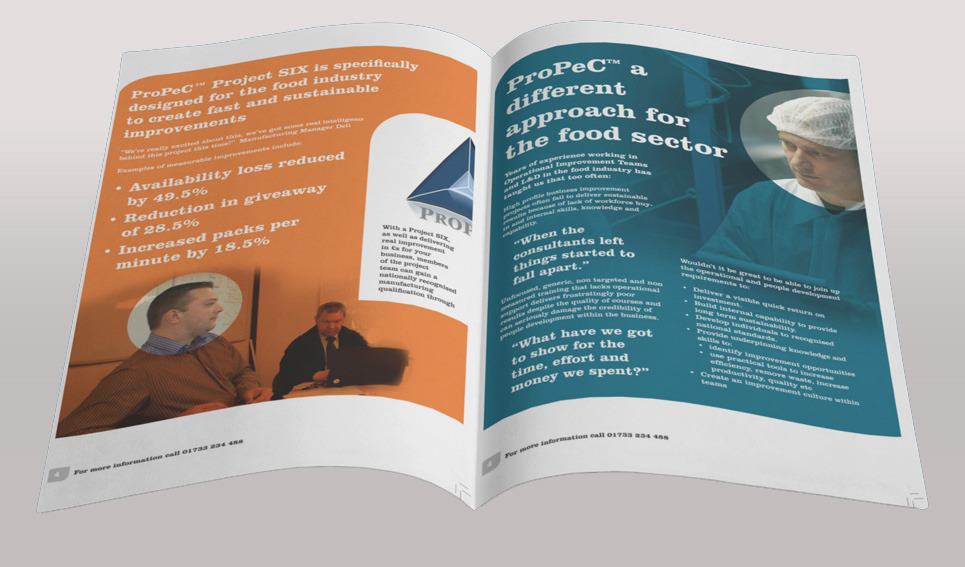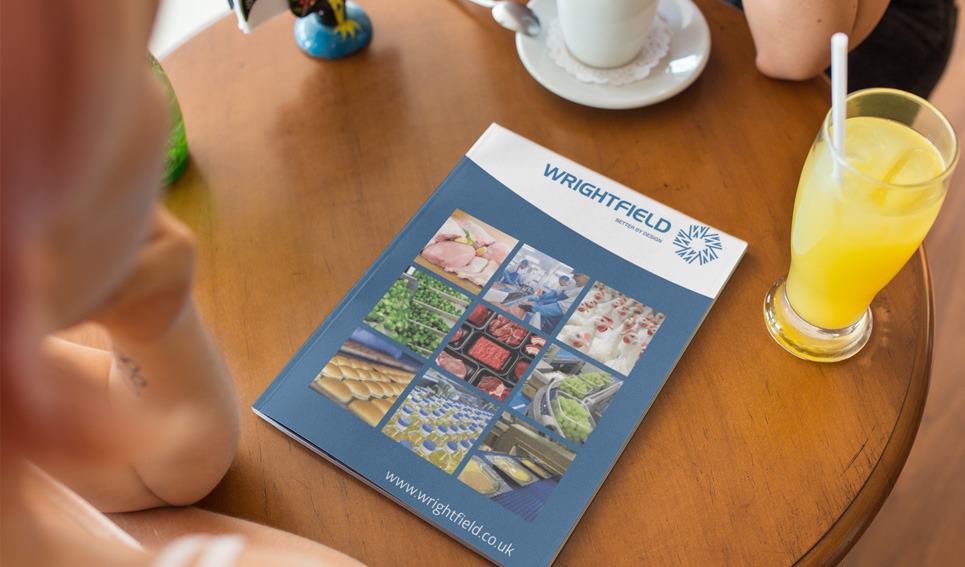


Sometimes a website, social media etc just doesn’t cut it and a quality brochure can create the best impression.
To find out more about having high impact brochures created, call 01733 361729 or email solutions@bdolphin.co.uk

A brochure is a marketing tool that can be used to showcase a product, service, or organization. The design of a brochure can greatly impact its effectiveness and ability to convey information.
When designing a brochure, it’s important to keep the target audience in mind and tailor the design to appeal to them. This can be achieved by using colors, imagery, and typography that align with the brand and resonate with the audience.
The layout of a brochure should be clean and easy to read, with a clear hierarchy of information. This can be achieved by using headings, subheadings, and bullet points to break up text and make it easy to scan.
Images and graphics can be used to add visual interest and make the brochure more engaging. It’s important to use high-quality images that are relevant to the content of the brochure and that align with the brand.
Finally, it’s important to proofread the brochure before printing to ensure that all the information is accurate and that there are no spelling or grammar errors.
Overall, designing a brochure is a balance between creativity and functionality. A good brochure design should be visually appealing and easy to read, while still effectively conveying the information that it is intended to.
When designing a leaflet, there are several key factors to consider:
- Target audience: It’s important to understand who the leaflet is being designed for and tailor the design to appeal to them.
- Branding: The leaflet should align with the overall branding and visual identity of the organization or product it is promoting.
- Message: The leaflet should have a clear, concise message that is easy to understand and remember.
- Layout: The layout should be easy to read, with a clear hierarchy of information. This can be achieved by using headings, subheadings, and bullet points.
- Images and graphics: High-quality images and graphics can be used to add visual interest and make the leaflet more engaging.
- Call-to-action: The leaflet should have a clear call-to-action that tells the reader what they should do next.
- Print quality: The leaflet should be printed on high-quality paper and using high-quality printing techniques.
- Proofreading: The leaflet should be proofread before printing to ensure that all the information is accurate and that there are no spelling or grammar errors.
- The leaflet should feature text about the website
Overall, designing a leaflet is a balance between creativity and functionality. A good leaflet design should be visually appealing and easy to read, while still effectively conveying the message that it is intended to.




